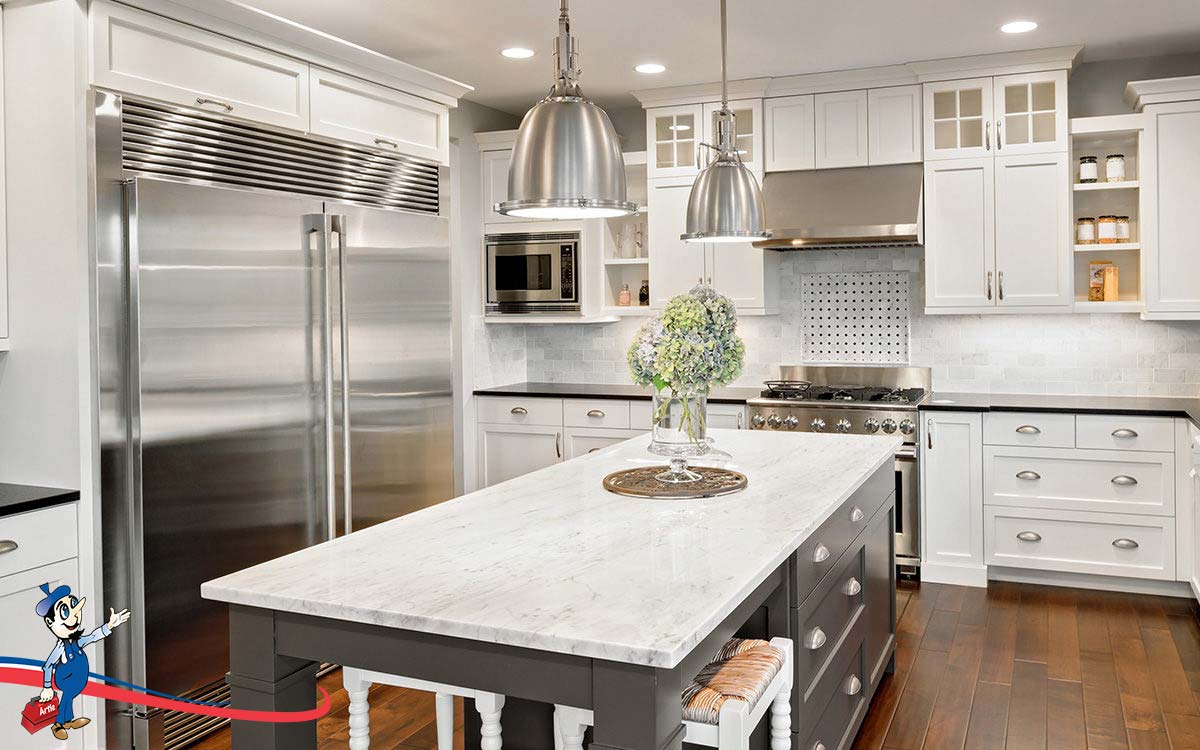ABCDou Insights
Exploring the world of news, trends, and information.
Light Up Your Life Without Blowing a Fuse
Ignite joy and energy in your life without the chaos! Discover tips for a brighter, more balanced existence today!
10 Energy-Efficient Lighting Tips to Brighten Your Home
Optimizing your home with energy-efficient lighting not only helps reduce your electricity bills but also contributes to a more sustainable environment. Here are 10 energy-efficient lighting tips to brighten your home:
- Choose LED bulbs: LEDs use up to 80% less energy than traditional incandescent bulbs and last significantly longer.
- Utilize natural light: Maximize daylight by keeping windows clean and using light-colored curtains.
- Install dimmers: These devices allow you to adjust the brightness of your lights, saving energy when full brightness is not necessary.
- Use task lighting: Instead of illuminating an entire room, focus on areas where you perform specific tasks.
- Opt for energy-star rated fixtures: Look for light fixtures that meet energy efficiency standards.
- Place lights strategically: Position lamps and ceiling fixtures to allow light to reflect off walls, brightening the space effectively.
- Incorporate smart lighting: Smart bulbs can be controlled remotely, allowing you to turn them off when not needed.
- Replace outdated bulbs: Swap out halogen and fluorescent lights for more efficient options.
- Use motion sensors: Install sensors in hallways and outdoor areas to ensure lights are only on when needed.
- Consider solar-powered lights: For outdoor spaces, solar options are a great way to enhance safety without increasing energy use.

What You Need to Know About LED vs. Incandescent Bulbs
When choosing between LED and incandescent bulbs, it's important to understand their key differences. LED bulbs (Light Emitting Diodes) are known for their energy efficiency, using up to 75% less energy than their incandescent counterparts. They also have a longer lifespan, often lasting 15 to 25 years, compared to the average of just 1,000 hours for incandescent bulbs. This means that while the initial cost of LED bulbs may be higher, the long-term savings on energy bills and replacement costs can be significant.
In addition to energy efficiency and lifespan, another key aspect to consider is the quality of light produced by these two options. Incandescent bulbs are often preferred for their warm, soft light that creates a cozy atmosphere in homes. On the other hand, LED bulbs have improved in recent years and now offer a range of color temperatures, from warm white to daylight. When selecting the right bulb for your space, consider factors such as brightness (measured in lumens), color temperature (measured in Kelvin), and whether you want a dimmable option for added versatility.
How to Create the Perfect Ambiance with Smart Lighting Solutions
Creating the perfect ambiance in your home has never been easier, thanks to smart lighting solutions. These innovative systems allow you to control the brightness, color, and intensity of your lights with just a few taps on your smartphone. Start by identifying the areas in your home that require different lighting conditions. For instance, your living room may benefit from warm, soft lighting for a cozy atmosphere, while your workspace might need brighter, cooler lights for better focus. By strategically placing smart lighting in key areas, you can transform any room into a functional and inviting space.
Once you have mapped out your lighting needs, consider integrating smart bulbs and fixtures that can be adjusted based on the time of day or the mood you want to create. Many smart lighting solutions come with preset ambiances or customizable options, letting you experiment with various lighting scenarios. Don’t forget to explore features like voice control and timers! These can help streamline your routine and enhance the overall experience. Incorporating smart lighting not only improves functionality but also elevates the aesthetic appeal of your space.